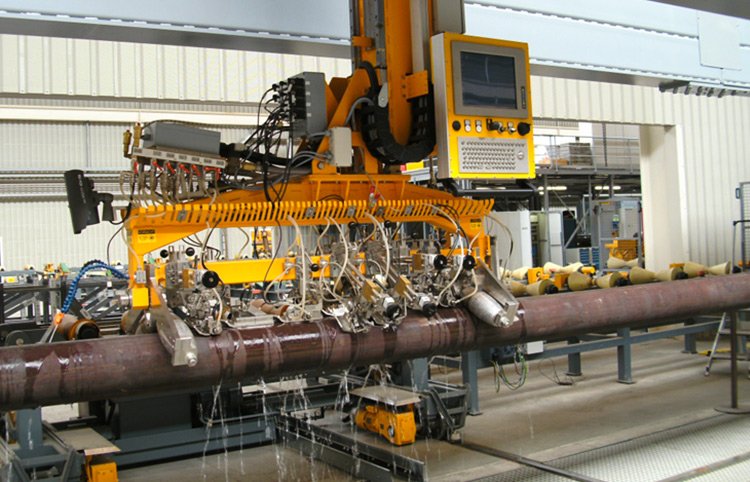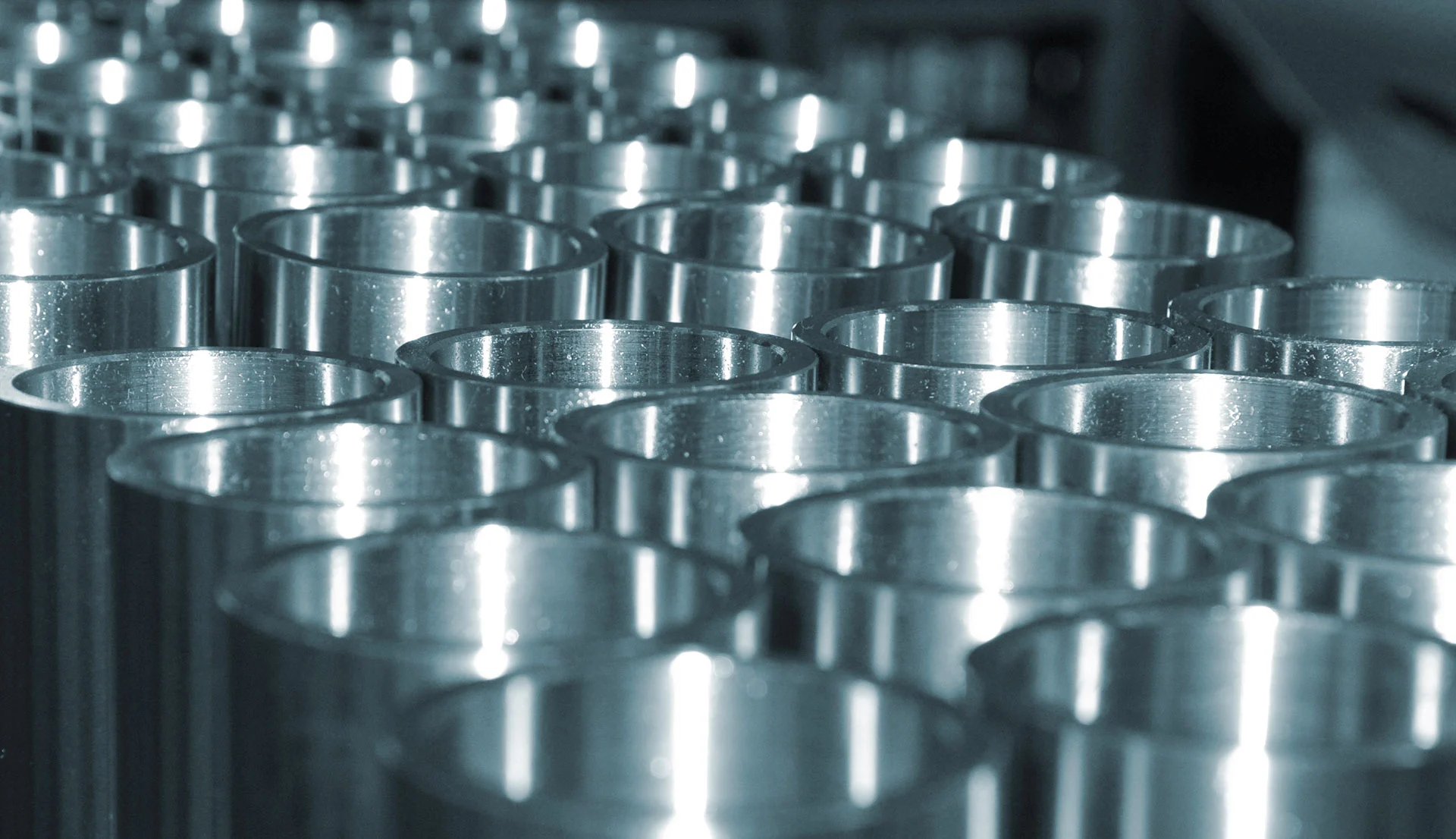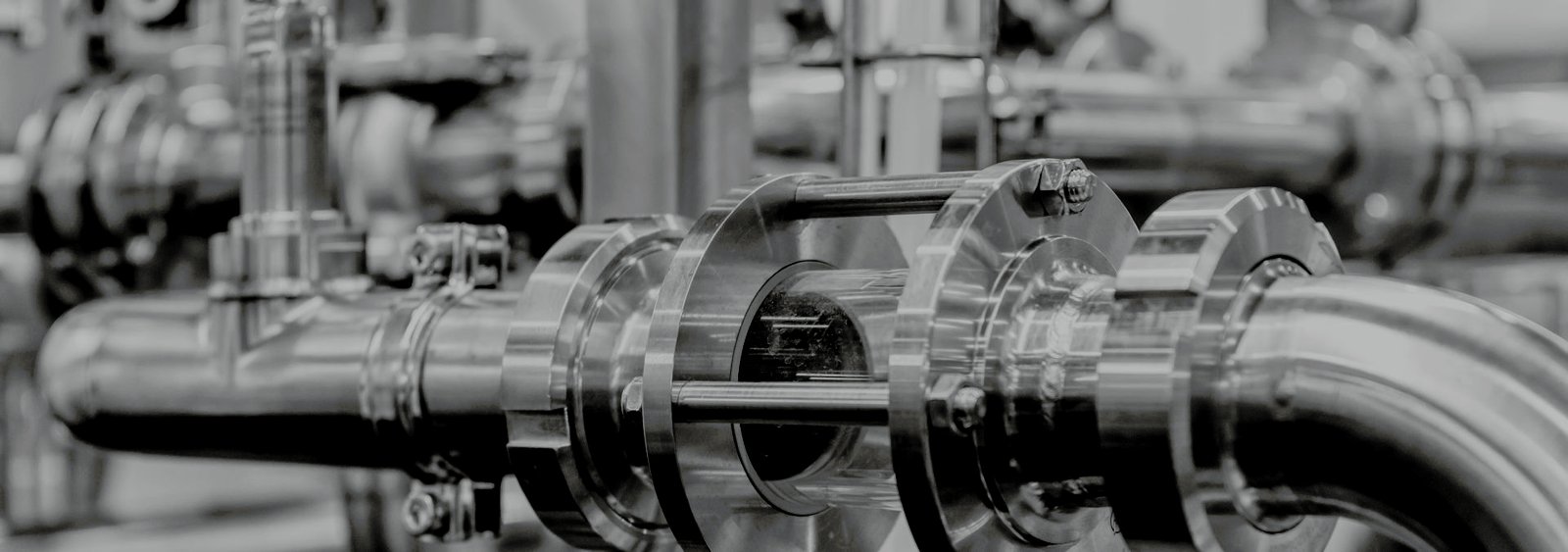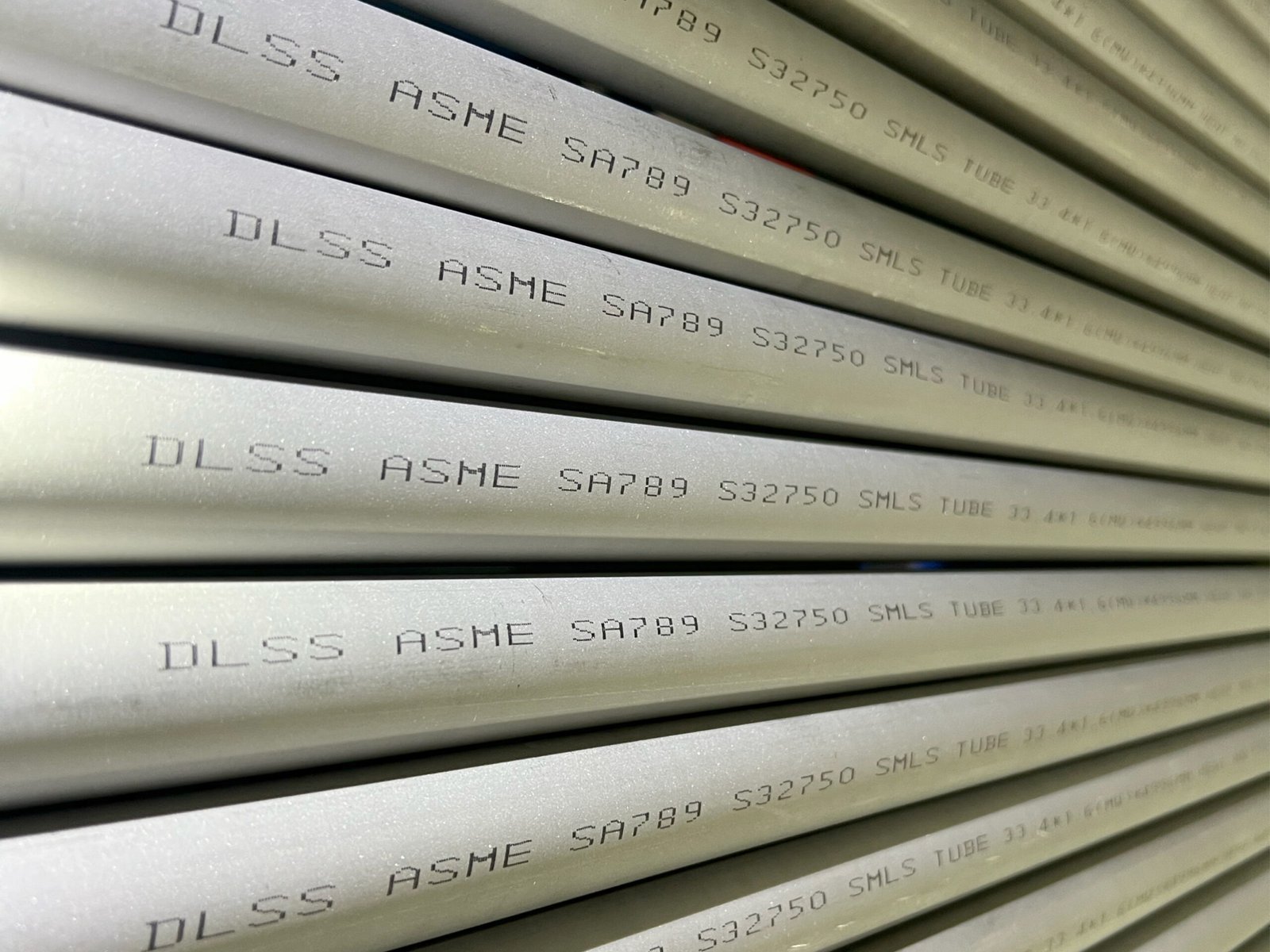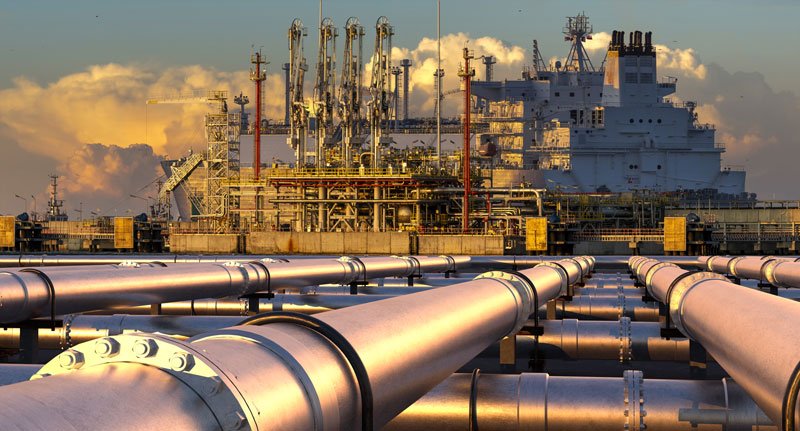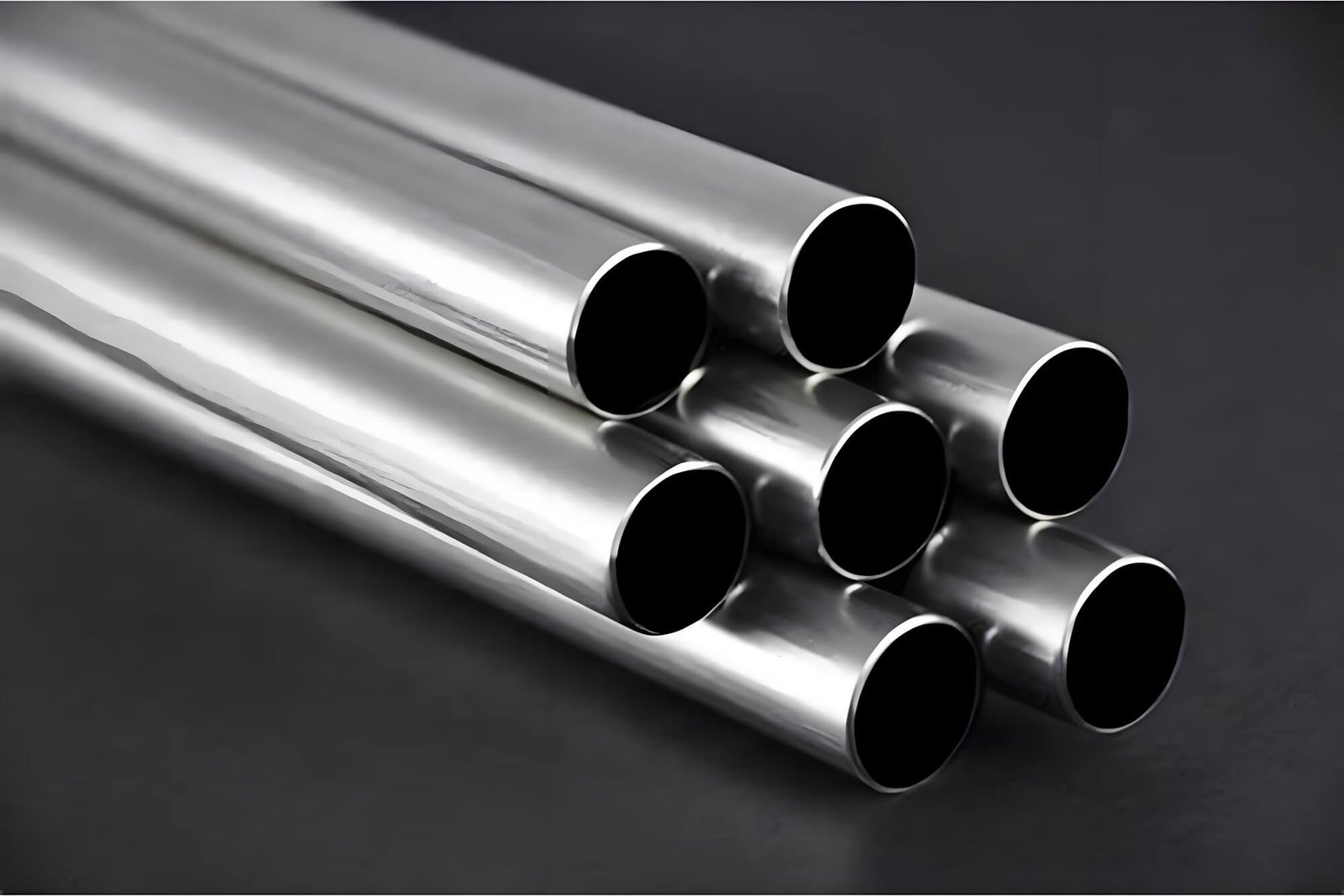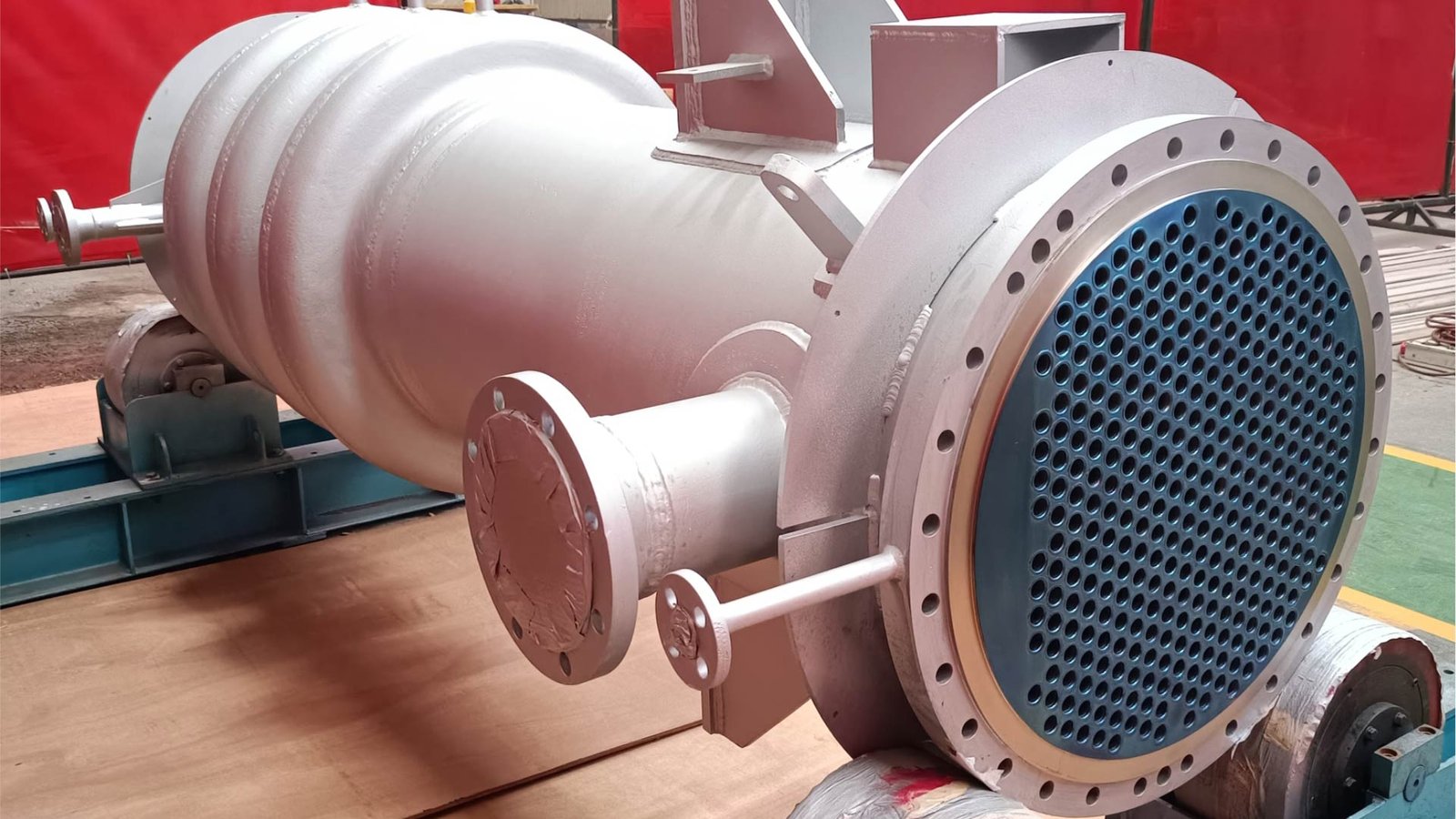Meta Description:
Compare 304L, 316L, and 317L stainless steel seamless tubes. Understand chemical composition, corrosion resistance, mechanical properties, and ideal applications with DLSS’s expert insights.
Introduction
When selecting stainless steel tubes for industrial use, choosing the right grade can significantly affect corrosion resistance, mechanical performance, and cost efficiency.
Among the most widely used austenitic stainless steels are 304L, 316L, and 317L. Though they may appear similar, their chemical makeup and performance differ greatly in environments like chemical processing, marine applications, and heat exchangers.
This guide by DLSS provides a side-by-side comparison to help engineers and buyers make informed decisions.
1. Chemical Composition Comparison
| Element | 304L | 316L | 317L |
|---|---|---|---|
| Chromium (Cr) | 18.0–20.0% | 16.0–18.0% | 18.0–20.0% |
| Nickel (Ni) | 8.0–12.0% | 10.0–14.0% | 11.0–15.0% |
| Molybdenum (Mo) | — | 2.0–3.0% | 3.0–4.0% |
| Carbon (C) | ≤ 0.03% | ≤ 0.03% | ≤ 0.03% |
| Manganese (Mn) | ≤ 2.0% | ≤ 2.0% | ≤ 2.0% |
Key Differences:
- 316L adds molybdenum for improved pitting resistance
- 317L contains even more molybdenum and nickel for higher corrosion and chemical resistance
- All three are low-carbon (“L”) variants for better weldability and reduced risk of intergranular corrosion
Source: ASTM A213 / A312 specifications
2. Corrosion Resistance
| Grade | Chloride Resistance | Acid Resistance | General Environment Use |
|---|---|---|---|
| 304L | Moderate | Fair | Dry air, mild liquids |
| 316L | Good (marine-grade) | Good (acids/salts) | Seawater, food, pharma |
| 317L | Excellent | Excellent (hot acids) | High-chloride & chemical tanks |
Notes:
- 304L is prone to pitting in chloride environments
- 316L is the standard for marine and food service applications
- 317L is ideal for chemical processing, especially with sulfuric or phosphoric acids
Learn more: Nickel Institute – Corrosion Resistance Guide
3. Mechanical Properties
| Property | 304L | 316L | 317L |
|---|---|---|---|
| Tensile Strength (MPa) | ≥ 485 | ≥ 485 | ≥ 515 |
| Yield Strength (MPa) | ≥ 170 | ≥ 170 | ≥ 205 |
| Elongation (%) | ≥ 35 | ≥ 35 | ≥ 35 |
| Hardness (HRB) | ≤ 90 | ≤ 95 | ≤ 95 |
Conclusion: 317L offers slightly higher strength, suitable for higher stress conditions, while 304L and 316L are more cost-effective for general applications.
4. Typical Applications
| Industry | 304L | 316L | 317L |
|---|---|---|---|
| Food & Beverage | Piping, storage tanks | Washdown lines, dairy systems | Not typically used |
| Pharmaceutical | Process water | Clean-in-place piping | Sterile acid environments |
| Marine | Not recommended | Seawater lines, heat exchangers | Offshore chemical platforms |
| Chemical Processing | General chemical tanks | Medium acid tanks | Strong acid, high-chloride systems |
| Pulp & Paper | Limited | Bleach washing | Acid recovery systems |
5. DLSS Recommendations
- Use 304L if: Budget is tight, environment is non-corrosive
- Use 316L if: Marine/food applications or moderate chloride is present
- Use 317L if: You need superior chemical and pitting resistance, or are dealing with hot acids, high chlorides, or sour service
All three grades are available from DLSS in seamless, U-bent, and bright annealed form, with full ASTM A213/A269 compliance and 3.1/3.2 MTC.
FAQs
Q1: Is 317L worth the cost premium over 316L?
A: Yes, for aggressive environments like sulfuric acid or seawater with high temperature. It extends service life and reduces maintenance cost.
Q2: Can I weld all three grades?
A: Yes. All are low-carbon (“L”) grades designed to resist intergranular corrosion post-welding. No post-weld heat treatment is typically needed.
Q3: Which grade is better for U-bend heat exchanger tubes?
A: 316L is usually sufficient, but 317L is preferred if higher pitting resistance is required. Both can be post-annealed to reduce SCC risk.
Q4: How to identify these grades on-site?
A: Use PMI testing (XRF or OES). Mo and Ni levels help distinguish between 304L, 316L, and 317L.
Q5: Does DLSS provide NACE compliance for 316L and 317L?
A: Yes, upon request. We supply tubes compliant with NACE MR0175 / ISO 15156 for sour environments.
Conclusion
Choosing between 304L, 316L, and 317L stainless steel tubes requires balancing cost, corrosion risk, and mechanical performance. DLSS offers not just material supply but expert consultation to help you select and certify the right grade for your project.
Contact DLSS
Email: info@dlsspipe.com
Website: www.dlsspipeline.com
Still unsure which stainless tube fits your system? Contact our technical sales team—we’ll analyze your process and recommend the ideal solution.


